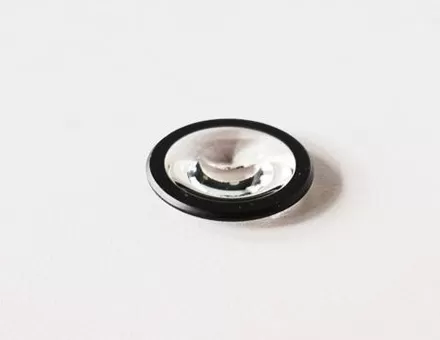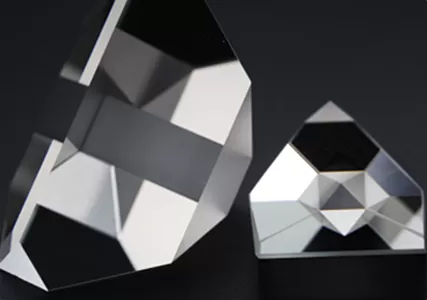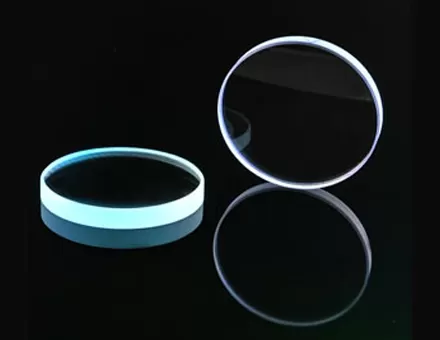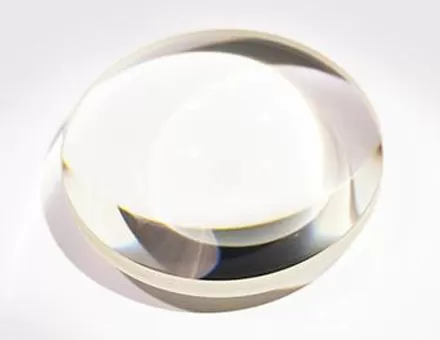In laser processing, machine vision, and 3D sensing, transforming a laser beam into a uniform line spot is critical for system performance. The Powell Lens, with its unique beam-shaping capability, has become the ideal solution for industrial line laser generation.
Laser Processing & Industrial Manufacturing
(1)Laser Cutting/Welding
Application: Converts Gaussian beams into uniform line lasers for consistent processing.
Advantages:Intensity uniformity >90%, avoiding uneven cutting edges.
Supports high power (up to 500W with ZnSe material).
(2)Laser Marking
Optical Measurement & Sensing
(1)3D Structured Light Scanning
(2)LiDAR
Biomedicine & Research
(1)Flow Cytometry
Application: Excites fluorescent labels with linear spots to reduce cell-counting errors.
Specs: UV-grade (355nm) fused silica lens, >99% transmittance.
(2)Confocal Microscopy
Application: Line-scan imaging, 10x faster than point scanning.
Consumer Electronics & Display
(1)AR/VR Optical Modules
(2)Laser TV
Application: Speckle reduction for uniform DMD chip illumination.
Future Trends
Freeform Powell Lenses: For non-linear scans (e.g., curved lines).
MEMS Integration: Dynamic line length adjustment (patented).
Conclusion
From micron-scale cell analysis to kilometer-range LiDAR, the Powell Lens enables “high uniformity, low distortion” beam shaping, making it the “beam magician” of modern optoelectronics.

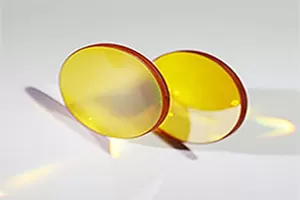
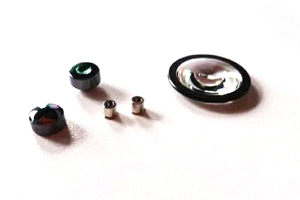


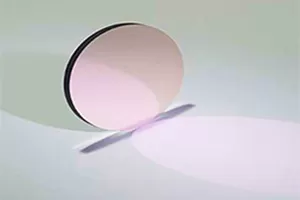
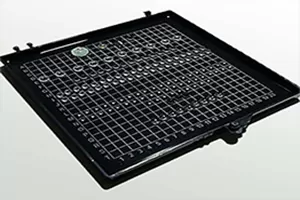

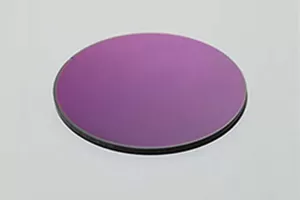
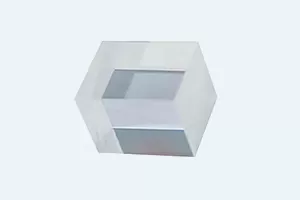
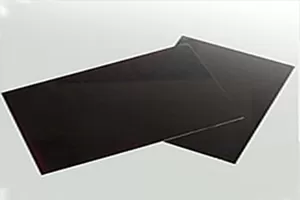
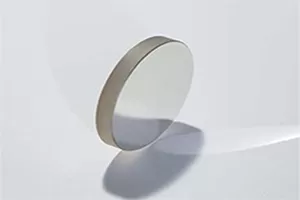
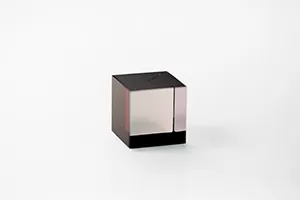

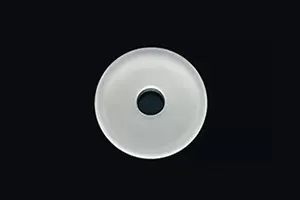
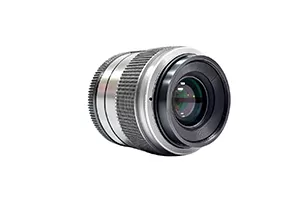
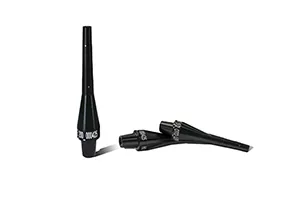
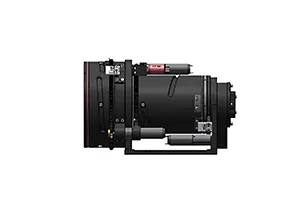
 EN
EN
